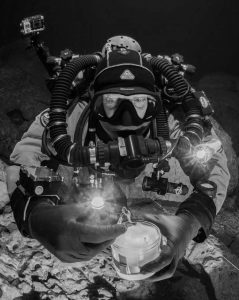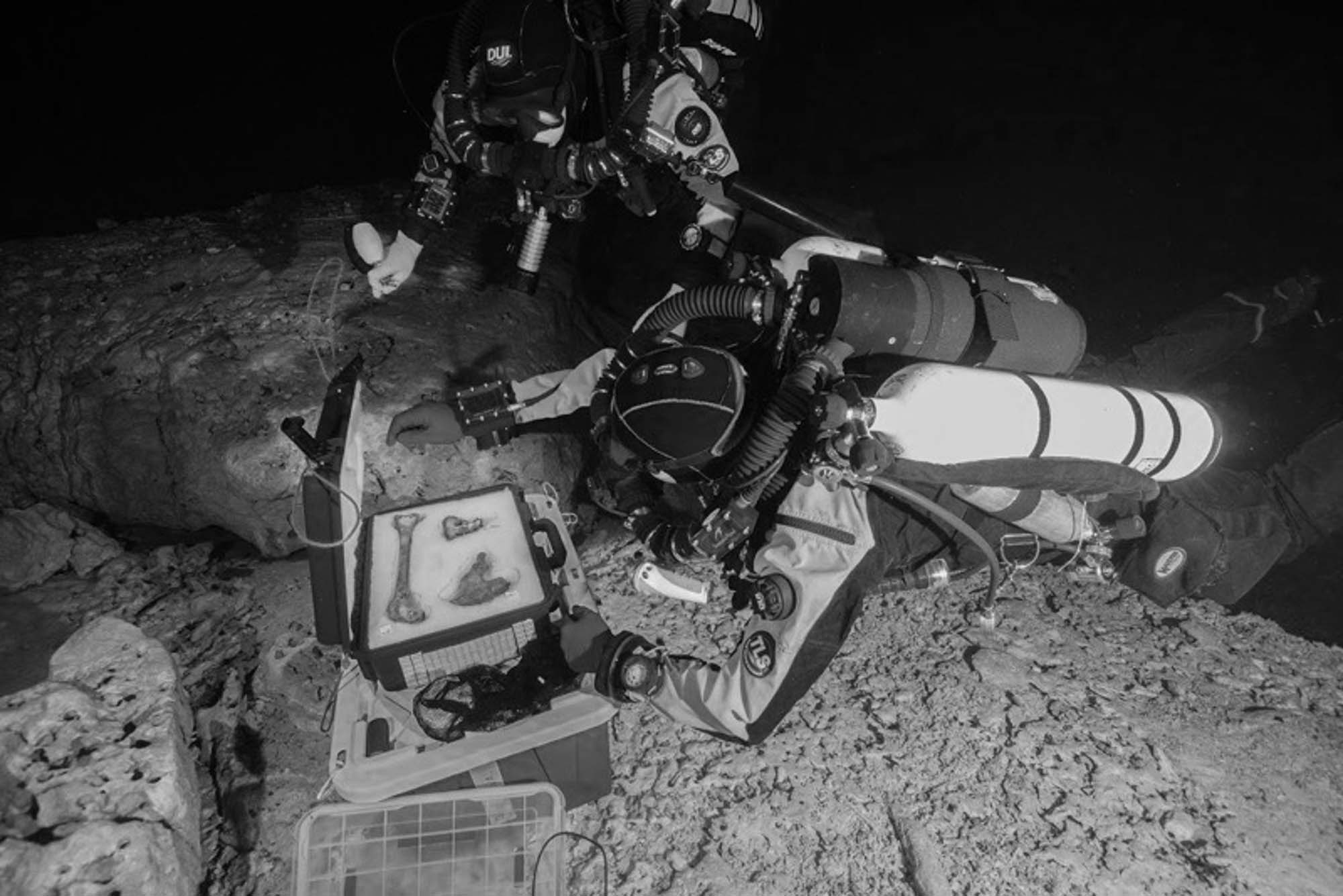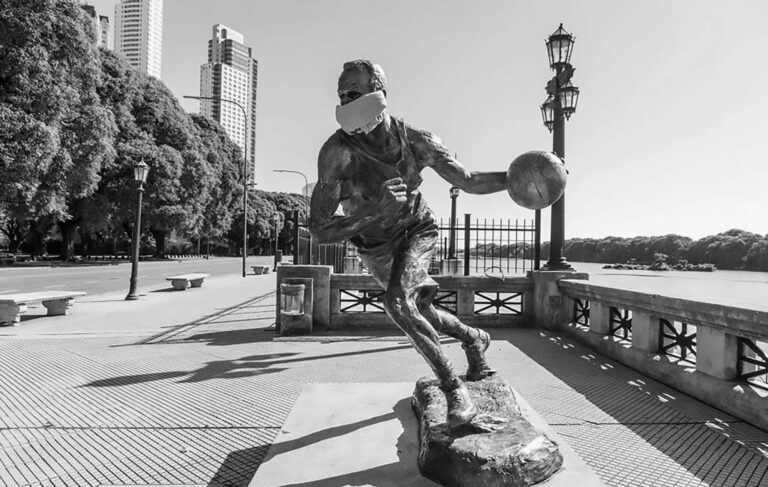Scientists have revealed that the oldest skeleton ever discovered in the Americas was a teenager mother whose bones show signs of physical abuse.
Researchers from the archaeological project of Hoyo Negro (Black Hole) in the Sistema Sac Actun underwater cave system in southeastern Mexico where the skeleton of the woman, dubbed Naia, was found, have revealed new details of her life 13,000 years ago.
The scientists have revealed that Naia was aged between 15 and 17 years old and her sacrum showed that she had given birth.

The co-director of the project, James C. Chatters, said that fractures in the bones in Naia’s arms showed signs that she “might have been mistreated when she was young”.
Naia was 1.5 metres ( 4 feet 11 inches) tall, weighed around 50 kilograms (7 stone 12 lbs) and is said to have lived a very active life despite her diet not containing much protein. She is believed to have lived 13,000 years ago during the Pleistocene epoch, often referred to as the Ice Age.
The National Anthropology and History Institute of Mexico revealed the discovery of Naia, believed to be the oldest skeleton ever found in the Americas, in 2014.
Her discovery was seen as important in helping reinforce the idea that the first people in America arrived from Asia through what is currently called the Bering Strait, as it was confirmed thanks to the different DNA tests done on the skeleton.
The scientists have now spent five years studying the skull, jaw, pelvis, arms, legs, and ribs of the skeleton which was found in the depths of a 30-metre hole in an underwater cave.
The hole is believed to have been inside the cave when it was above the water level and it is thought Naia may have gone into the cave to find water or minerals needed for pregnant women or women who had recently given birth.

The researchers said there is evidence Naia was carrying something with her to light up the cave and then fell into the hole which they described as a “deadly trap”.
The remains of 44 animals were found also near her skeleton, including giant sloths, a puma which could be from the same time as Naia, an ocelot, a tiger, dogs and bears.
Joaquin Arroyo-Cabrales, a specialist in mammals, said it was believed some of the animals had evolved in South America before moving further north.
The well-preserved remains at Hoyo Negro can only be accessed by specialised divers.
To find out more about the author, editor or agency that supplied this story – please click below.
Story By: Ana Lacasa, Sub-Editor: Joseph Golder, Agency: Central European News




